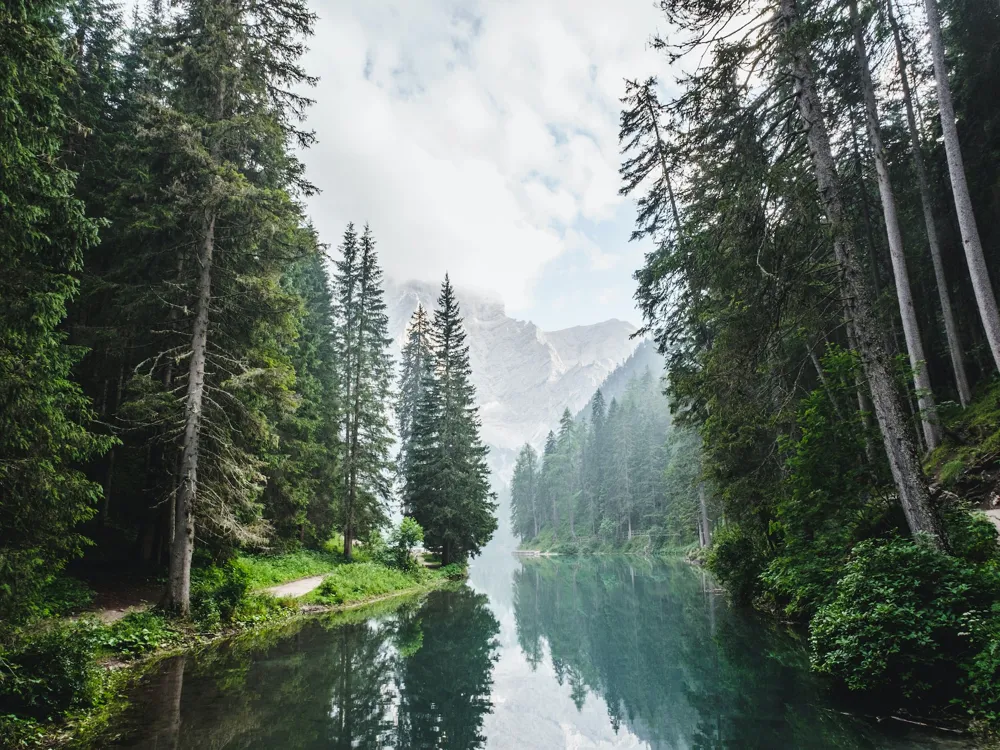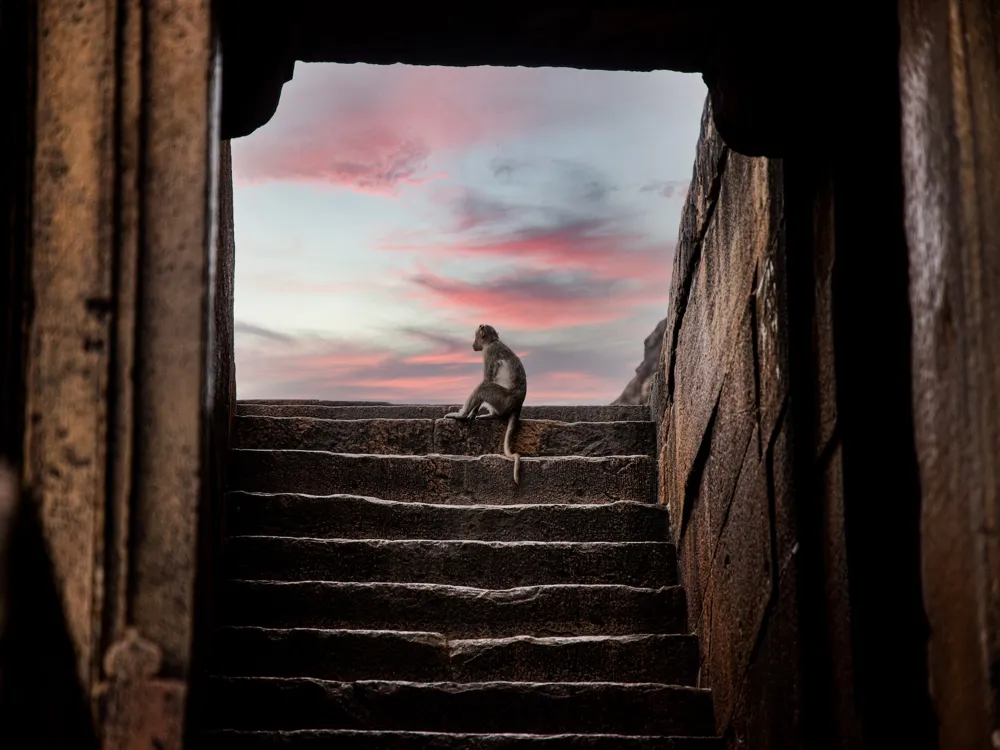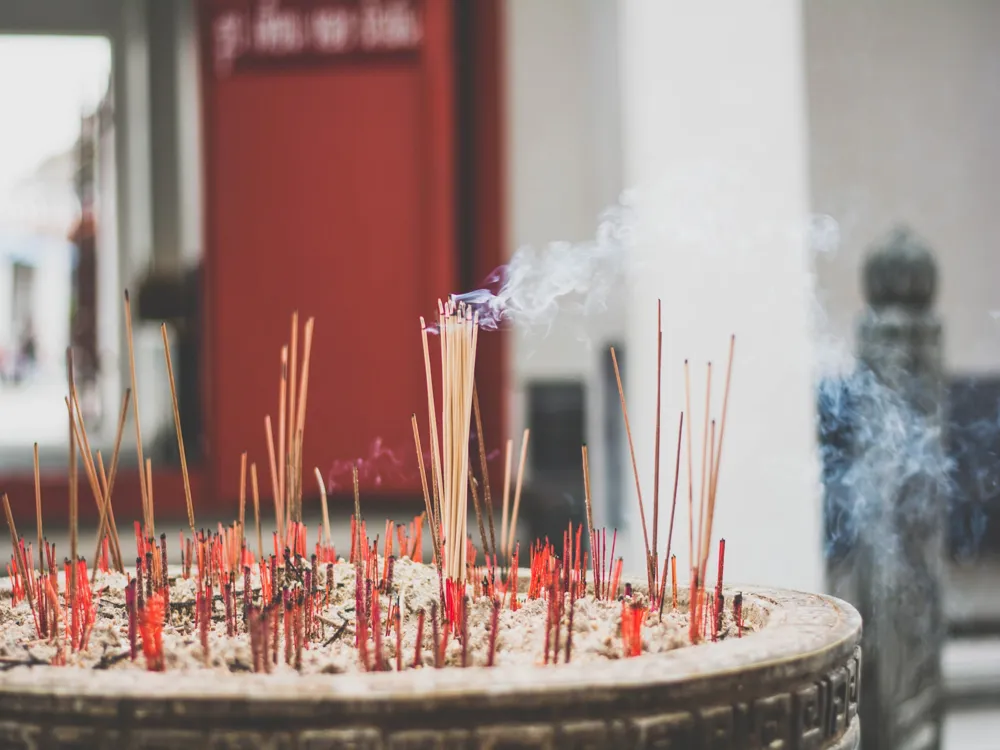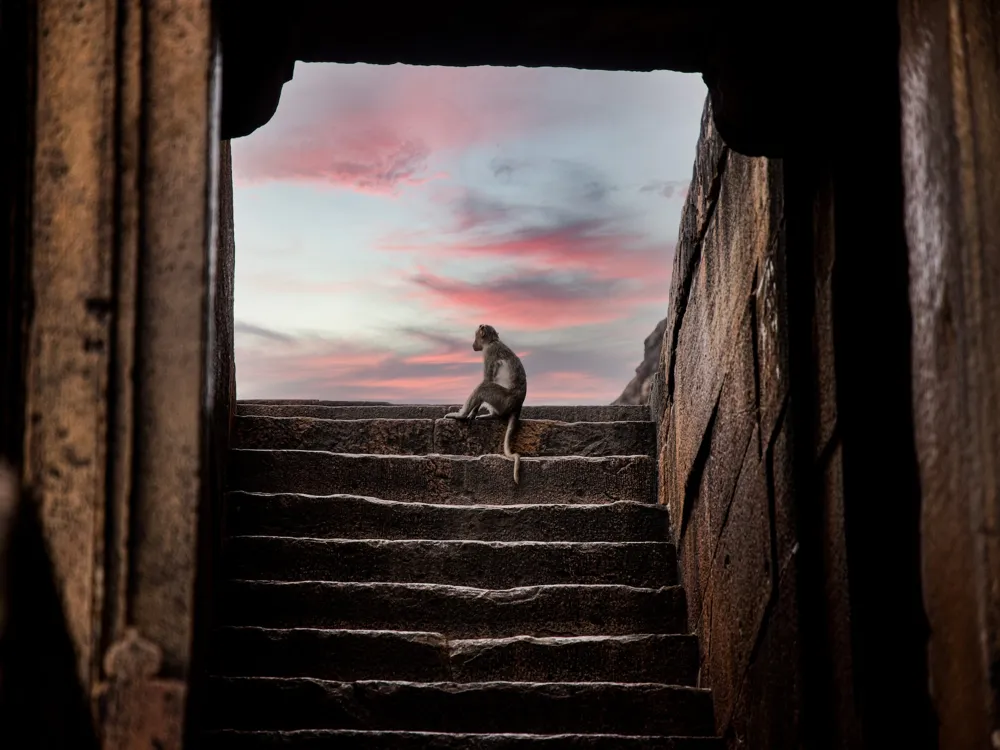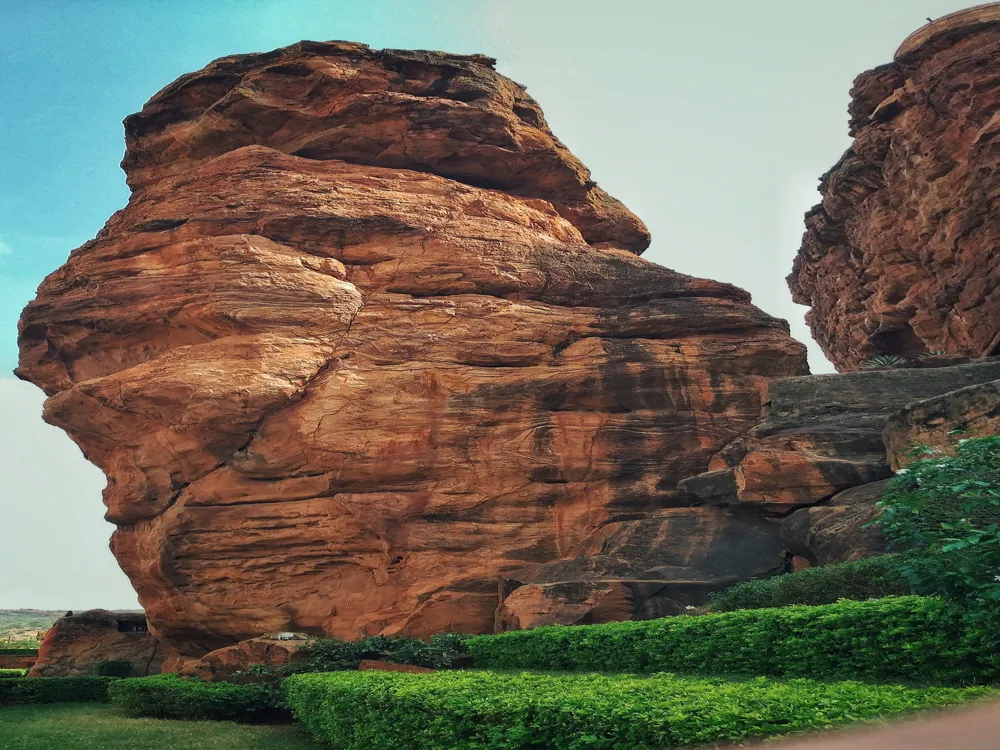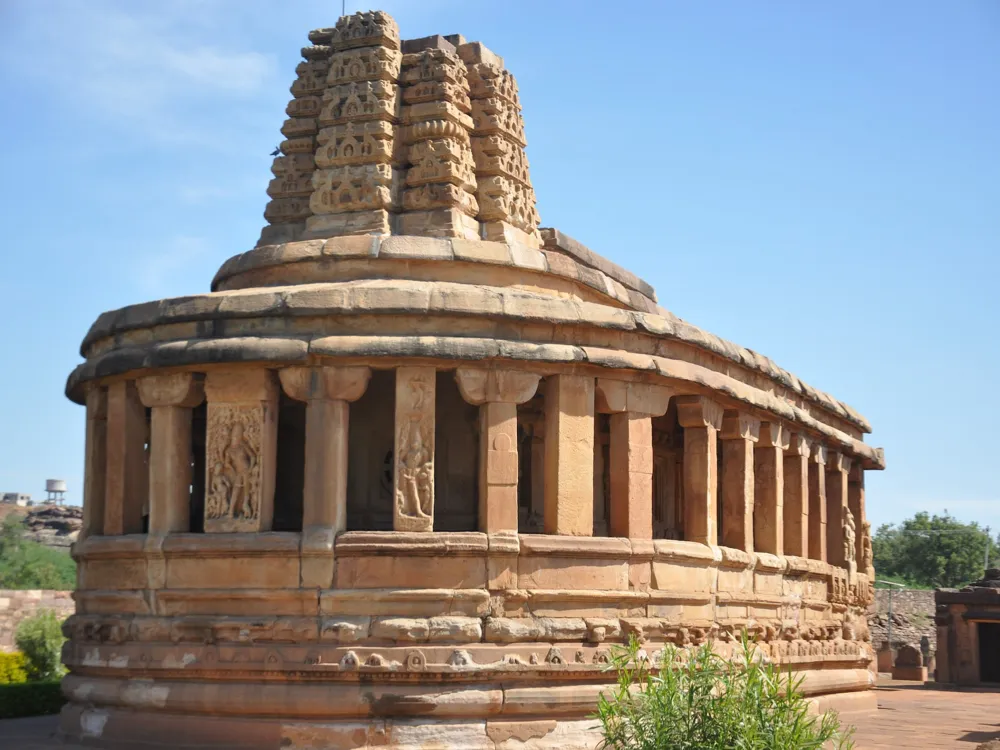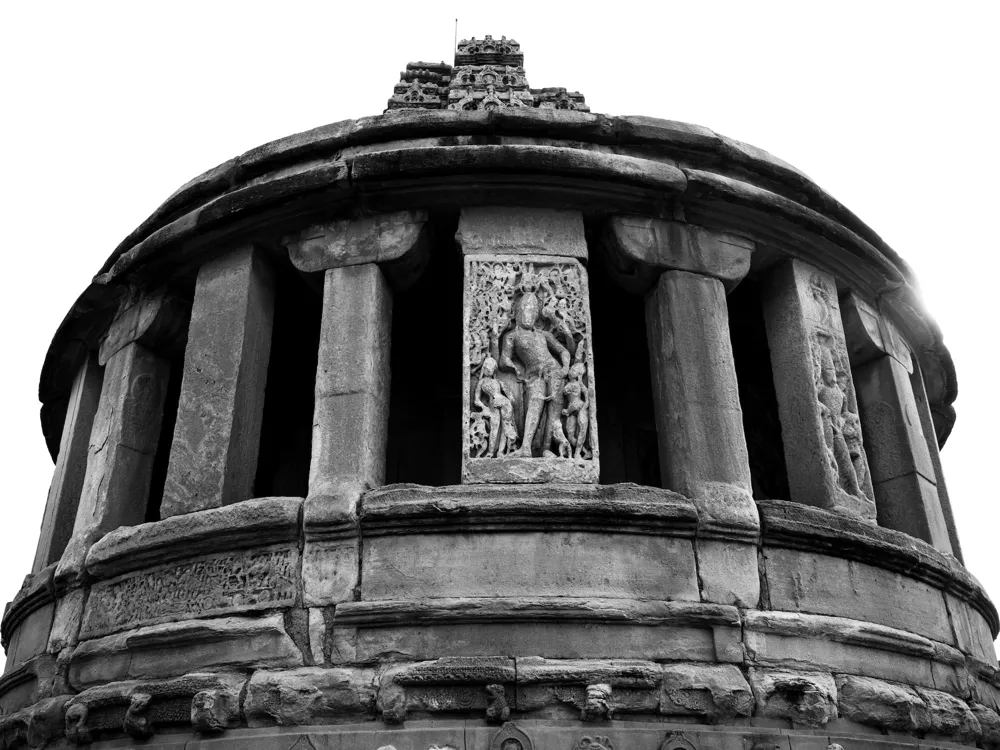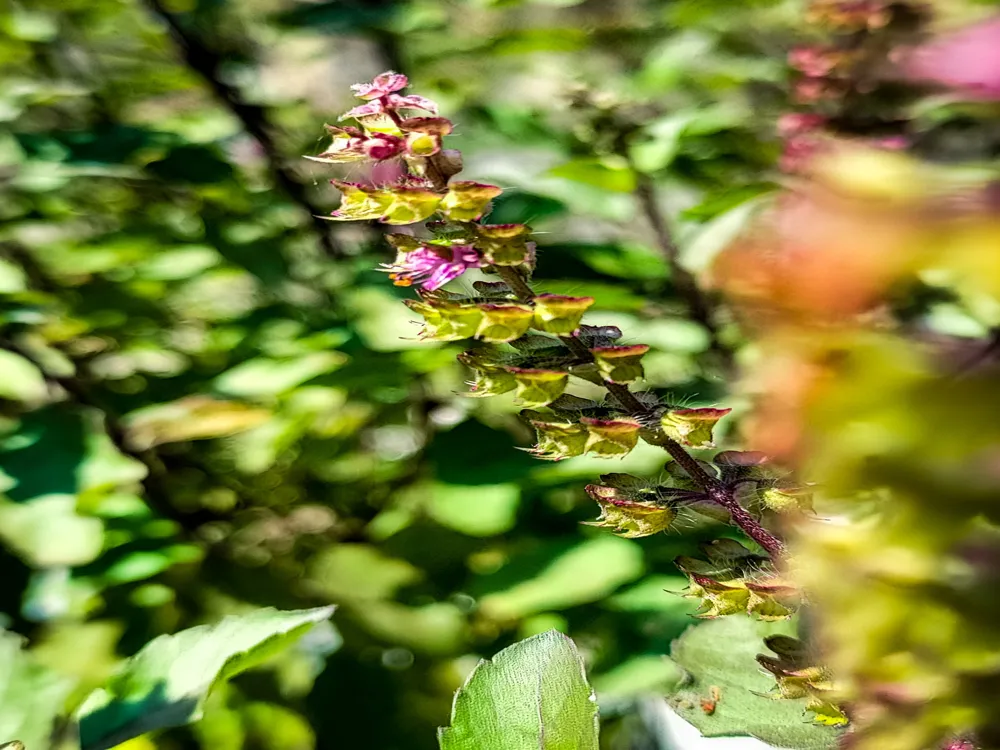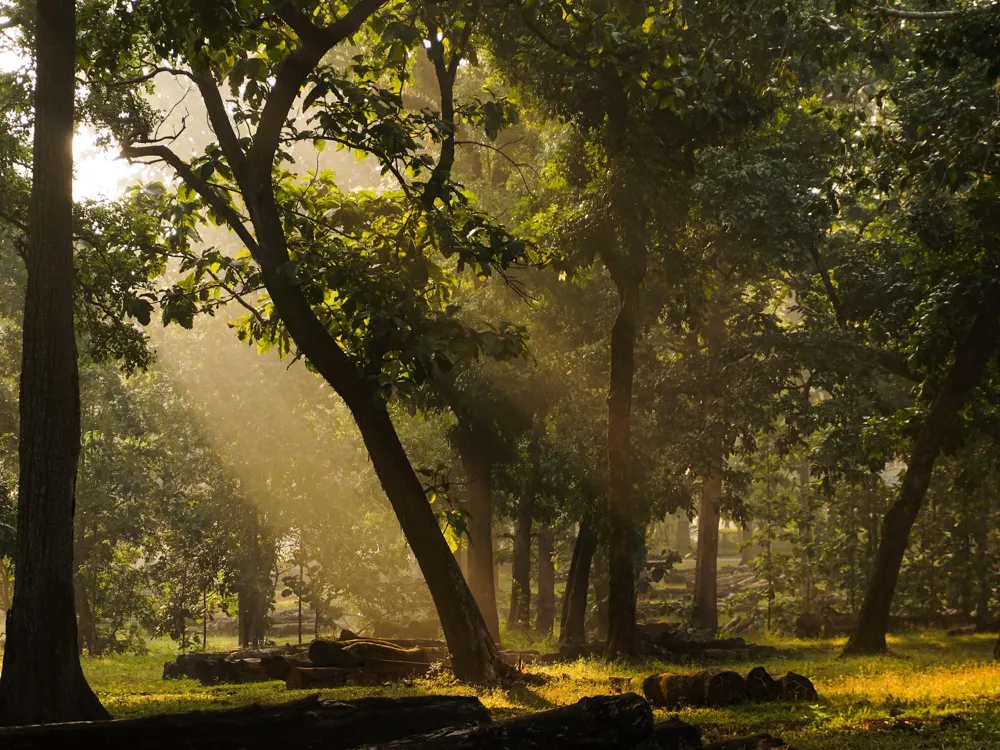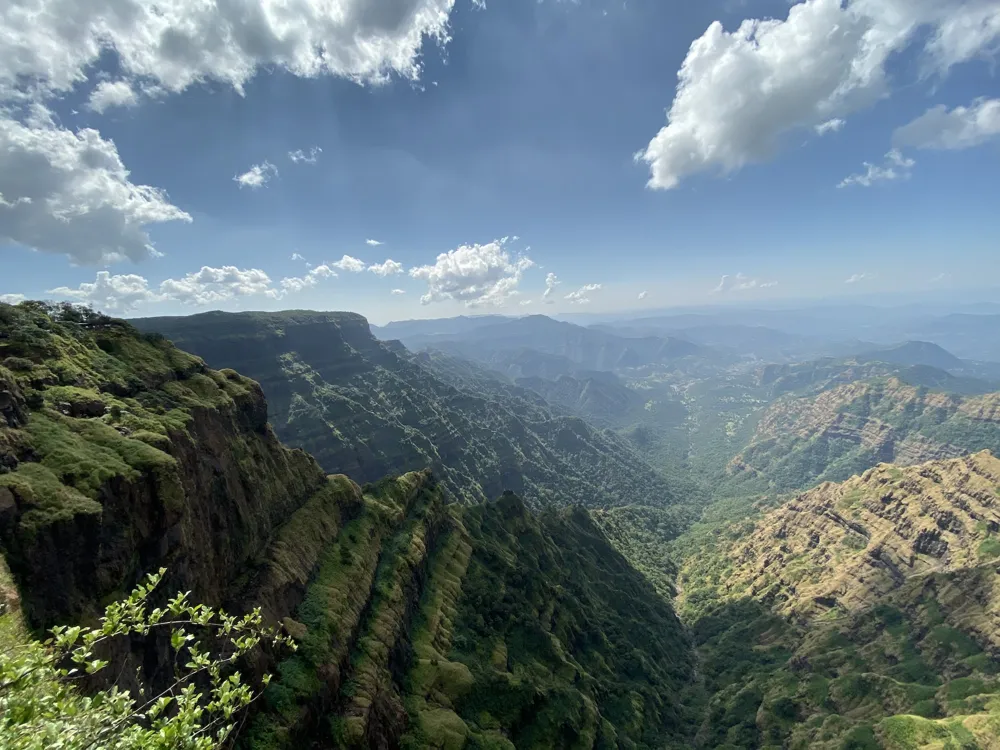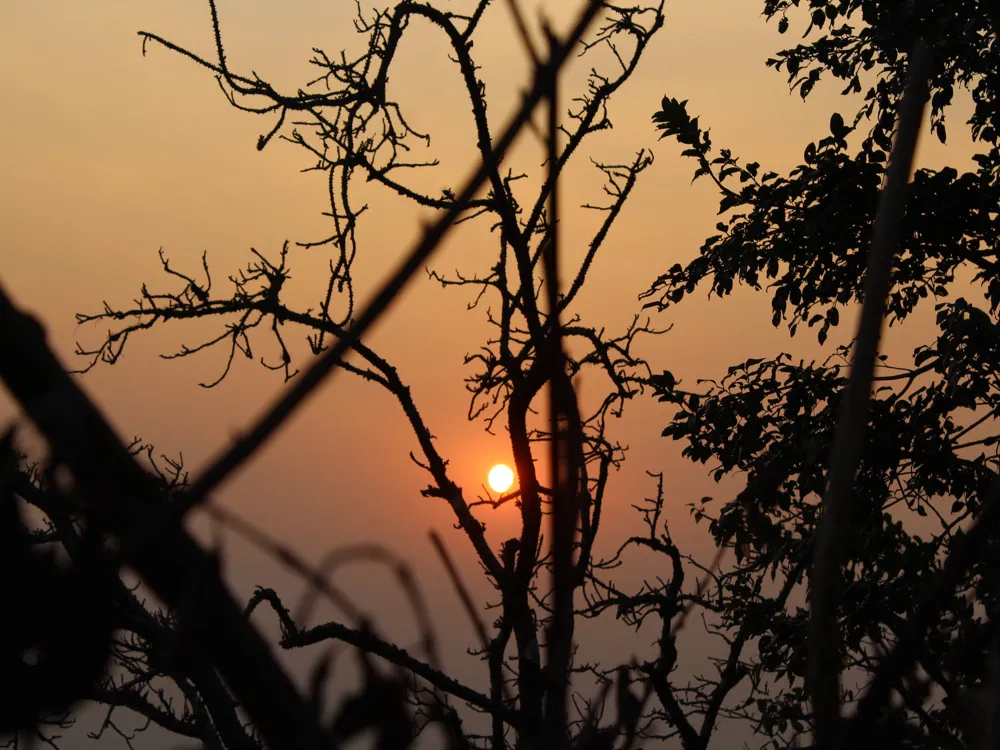Nestled in the heart of Karnataka, India, the Lower Shivalaya stands as a testament to the architectural brilliance of the Chalukya dynasty. This ancient temple, part of the Badami cave temples, dates back to the 6th century and is renowned for its historical and religious significance. The Lower Shivalaya, perched atop a hill overlooking the Agastya Lake, offers a panoramic view of Badami's rich landscape. The temple's design is a remarkable example of early Dravidian architecture, characterized by a unique blend of North and South Indian styles. Its location in Badami, a town famous for its rock-cut structural temples, adds to its allure. The Lower Shivalaya not only stands as a place of worship but also as a symbol of the artistic and cultural heritage of ancient India. Visitors to the Lower Shivalaya are greeted by an atmosphere steeped in history. The temple's intricate carvings and sculptures tell stories from Hindu mythology, particularly those of Lord Shiva to whom the temple is dedicated. Despite its age, the temple's structure remains largely intact, offering a fascinating glimpse into the architectural techniques of the Chalukya period. The Lower Shivalaya is a masterpiece of Chalukyan architecture, showcasing the ingenuity and skill of its ancient builders. The temple's structure is a harmonious blend of both rock-cut and structural elements, a characteristic feature of Chalukya's design. It stands on a solid base of local sandstone, carved directly from the surrounding rocks, creating a seamless integration with its natural environment. The temple features a square sanctum (garbhagriha) which once housed the deity. The outer walls are adorned with intricate carvings and sculptures depicting scenes from Hindu mythology. The use of vertical space in the form of towering vimanas (temple towers) is particularly noteworthy. These vimanas are richly decorated with carvings of deities, mythical creatures, and floral motifs, reflecting the religious and artistic sensibilities of the time. The fusion of various architectural styles is evident in the temple's design. The influence of the Northern Indian Nagara style is seen in the beehive-shaped shikhara (spire), while the pillared halls and carved ceilings are reminiscent of the Southern Dravidian style. This synthesis of styles speaks to the cosmopolitan nature of the Chalukyan empire, which acted as a cultural bridge between the northern and southern regions of India. The ideal time to visit Lower Shivalaya is between October and March. During these months, the weather in Badami is pleasant, making it easier to explore the temple and surrounding areas. Comfortable and modest clothing is recommended when visiting Lower Shivalaya. As a place of historical and religious importance, it's respectful to dress conservatively. Comfortable walking shoes are a must due to the temple's hilltop location. Photography enthusiasts should aim to visit during the early morning or late afternoon for the best light. The temple's intricate carvings and panoramic views offer excellent photo opportunities. Lower Shivalaya is accessible by various modes of transport. The nearest major city is Bangalore, from where one can take a train or bus to Badami. The temple is then a short hike from the main town center. Local transportation options like auto-rickshaws and taxis are also available to reach the temple. Read More:Overview of Lower Shivalaya, Badami, Karnataka
Architecture of Lower Shivalaya
Tips When Visiting Lower Shivalaya
Best Time to Visit
What to Wear
Photography Tips
How To Reach Lower Shivalaya
Lower Shivalaya
Badami
Karnataka
NaN onwards
View badami Packages
Weather :
Tags : Temple
Timings : 10:00 AM - 5:00 PM, Fridays Closed.
Time Required : 1 - 2 hrs
Entry Fee : No Entry Fee
Planning a Trip? Ask Your Question
Badami Travel Packages
View All Packages For Badami
Top Hotel Collections for Badami

Private Pool

Luxury Hotels

5-Star Hotels

Pet Friendly
Top Hotels Near Badami
Other Top Ranking Places In Badami
View All Places To Visit In badami
View badami Packages
Weather :
Tags : Temple
Timings : 10:00 AM - 5:00 PM, Fridays Closed.
Time Required : 1 - 2 hrs
Entry Fee : No Entry Fee
Planning a Trip? Ask Your Question
Badami Travel Packages
View All Packages For Badami
Top Hotel Collections for Badami

Private Pool

Luxury Hotels

5-Star Hotels

Pet Friendly







